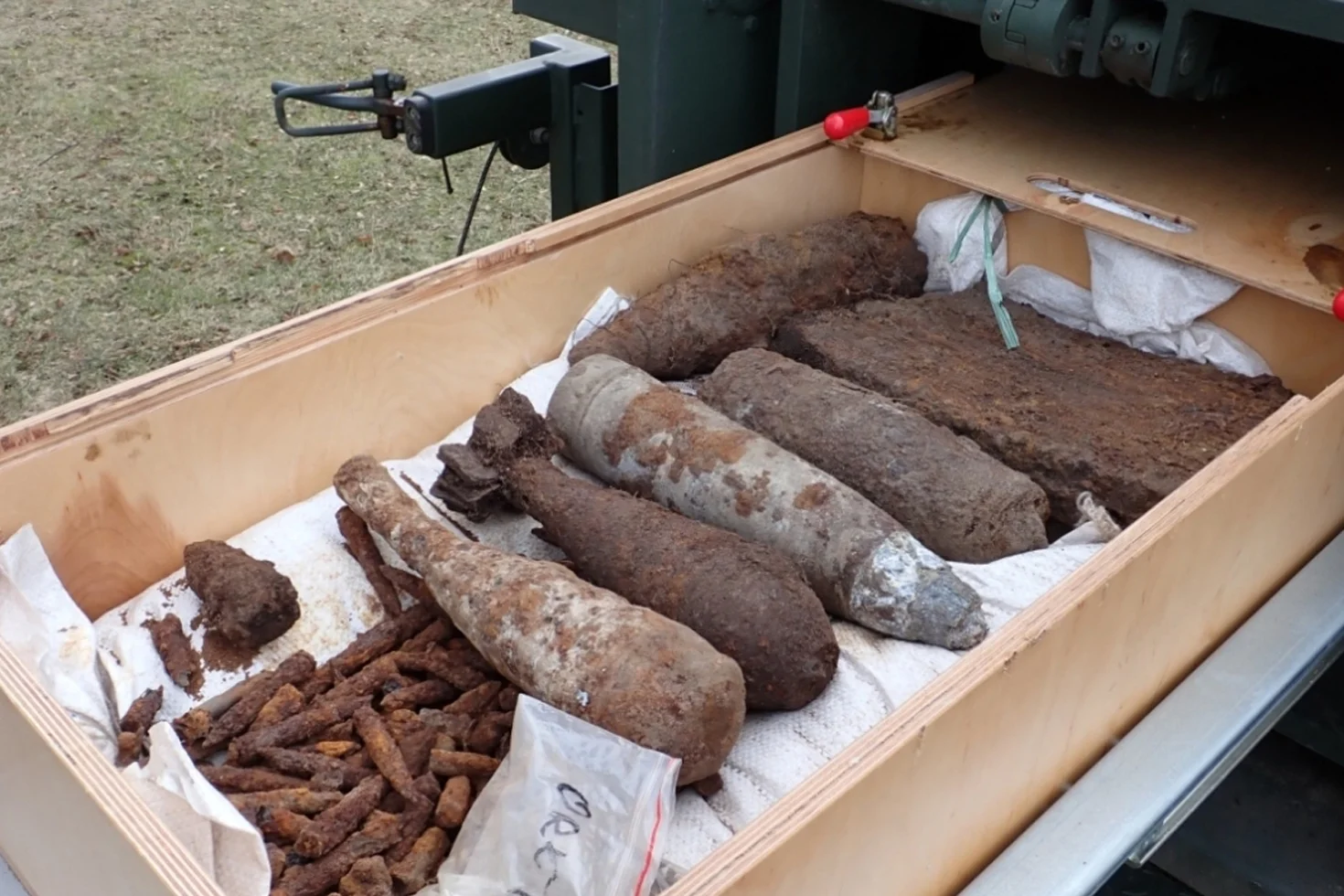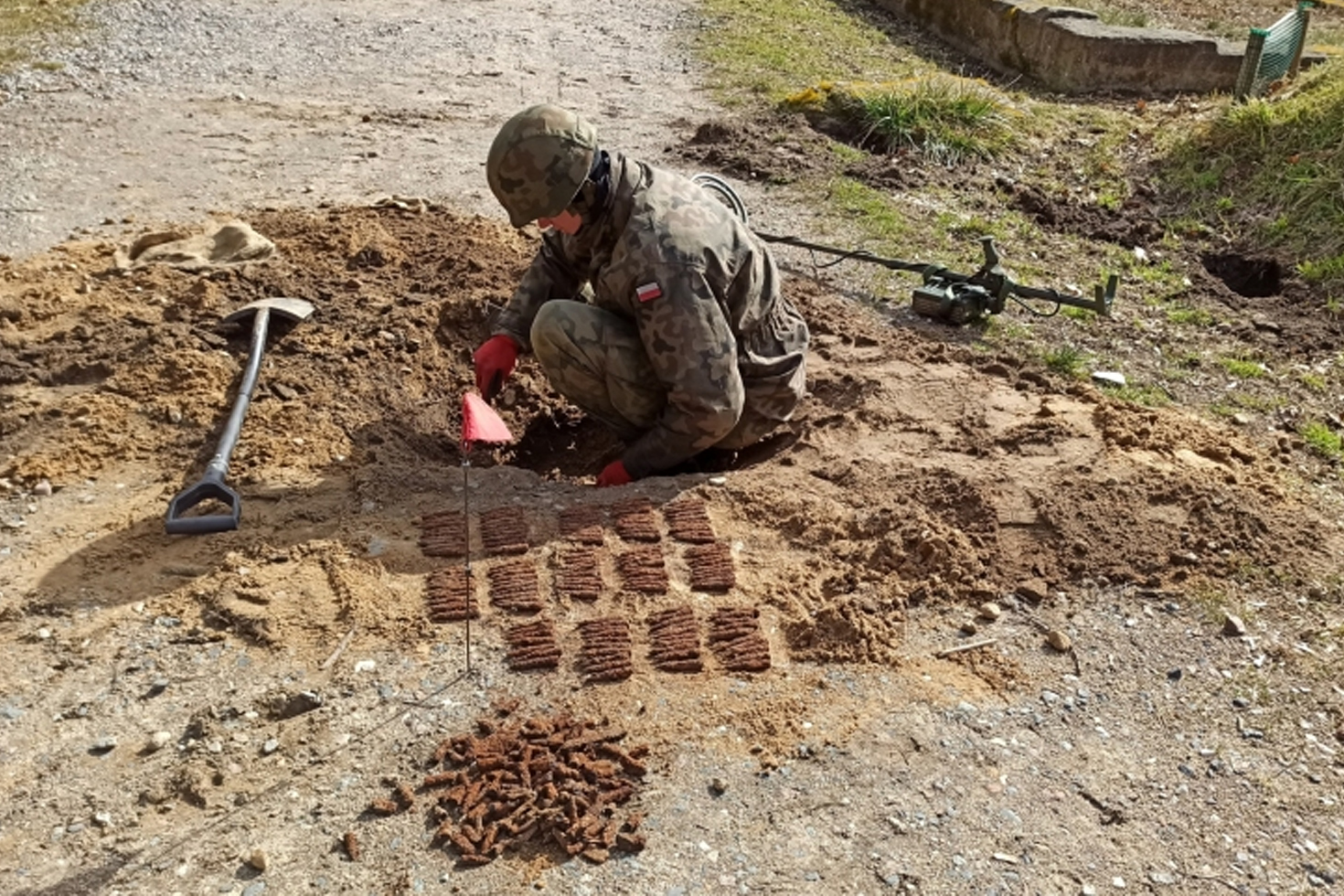A team of sappers under archaeological supervision have cleared over 4,700 dangerous objects from WWII on the Westerplatte Peninsula in Gdańsk, Poland.
Situated at the mouth of the Dead Vistula on the Baltic Sea coast, the peninsula was the site of the Battle of Westerplatte, one of the initial clashes between Polish and German forces during the invasion of Poland in WWII.
The Polish garrison held out for seven days, repelling thirteen German assaults. The battle became a symbol of Polish resistance, tying up substantial German forces at Westerplatte and preventing over 3,000 German soldiers from providing fire support in the nearby battles of Hel and Gdynia.

The Museum of the Second World War in Gdańsk led the clearing of the Westerplatte area, working in conjunction with soldiers from the 43rd Naval Sapper Battalion, the Engineer Battalion Sapper Company from the 2nd Sapper Regiment from Kazuń Nowy, and a team of archaeologists to supervise and document any archaeological material.
The clearance works have uncovered over 4,700 dangerous objects in the duration of the project along with 180 historical artefacts.
“To date, specialists have penetrated an area of over 13.5 hectares, resulting in the discovery of over 4,700 dangerous objects, including 3 air bombs, one of which weighing 500 kg was located only 30 cm below the ground surface ” – said the head of the Archaeological Department of the Museum of the Second World War in Gdańsk, Filip Kuczma.
Some of these objects include almost 200 artillery shells, mortar and hand grenades, and small arms ammunition. Other WWII objects include elements from the soldier’s uniforms, lead seals, and parts of the railway infrastructure in Westerplatte.
The team also uncovered cannonballs, musket shells, coins, decorative stove tiles, and ceramics from the time of the War of the Polish succession (1733 to 1738) and the Napoleonic period (1799 to 1815).
Header Image Credit : The Museum of the Second World War in Gdańsk
Sources : The Museum of the Second World War in Gdańsk





